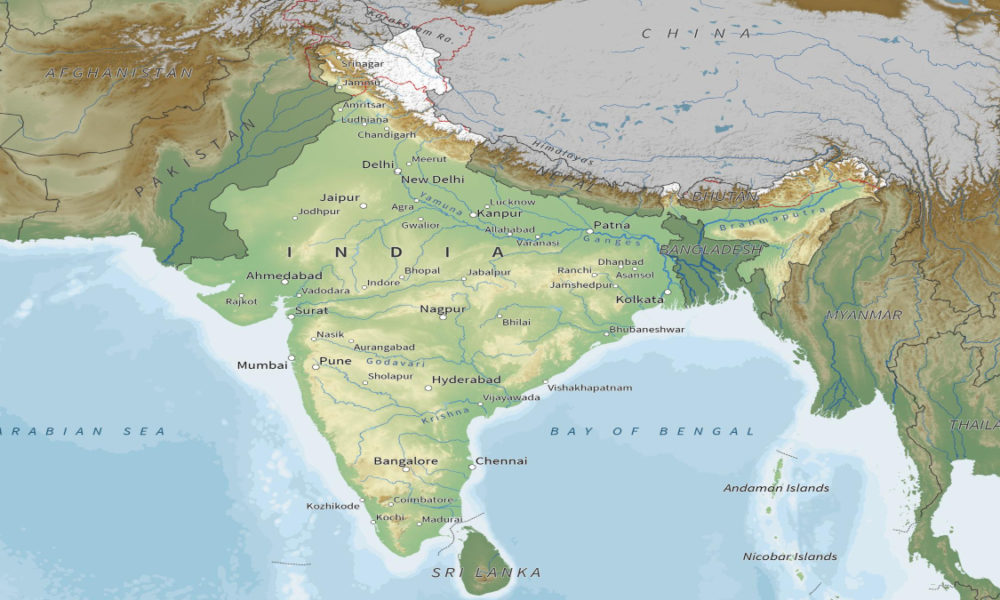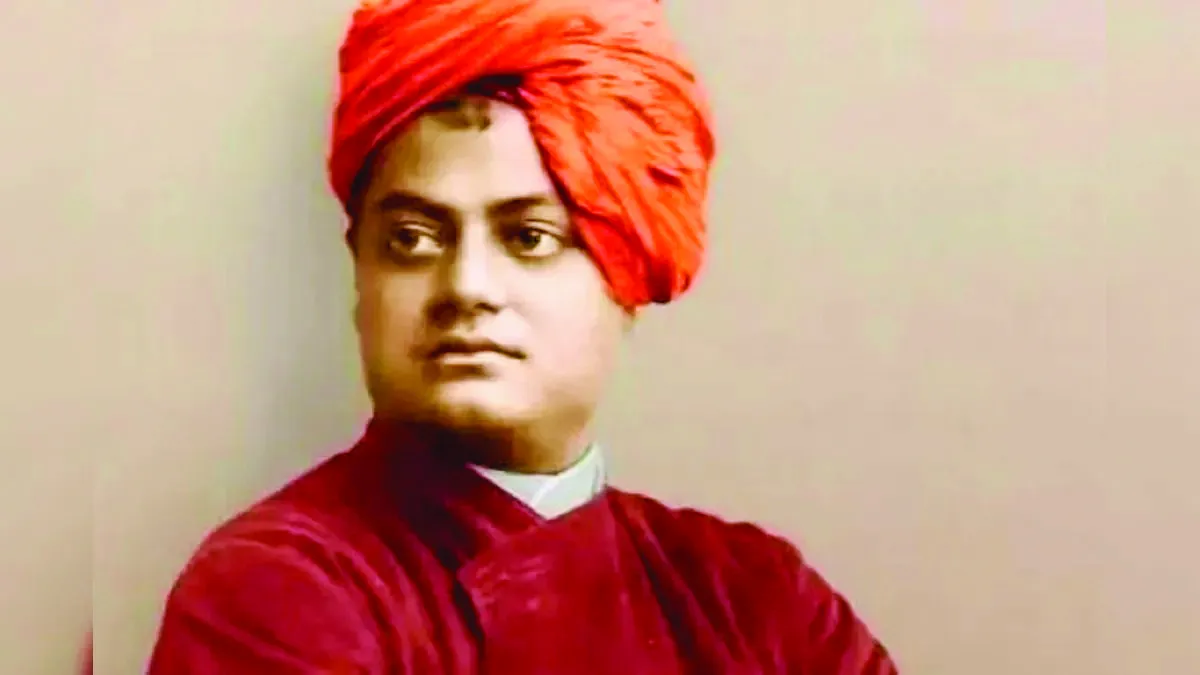In the last piece, this author had presented a broad summary of historian Radhakumud Mookerji’s book The Fundamental Unity of India to understand how indigenous scholarly voices, which existed well before 1947, saw Bharat. In reading and interpreting works of history, it is critical to understand that history has always been a fertile battleground because it could either make or break a people’s relationship with their past, which, in turn, affects their sense of self. Therefore, decoloniality demands that the political utility of history should never be underestimated, which makes it imperative to pay attention to the ebb and flow of politics and power structures surrounding a work of history. How is this relevant to the discussion at hand?
The fact that Mookerji and other such Indic voices operated in an extremely hostile colonial atmosphere, wherein Western-centrism was even more normative than now, is well-documented. Sample this 21-page paper titled “The Origins of Indian Nationalism According to Native Writers” authored by an American Professor of History, Bruce T. McCully in 1935, which was published in The Journal of Modern History. The stated object of the study was “to determine the origins of Indian nationalism as indicated in the works of native writers”. However, McCully’s coloniality, which reveals itself through his language of sheer condescension and contempt for the works of Mookerji and other “native” voices such as K.M.Panikkar, V.V.S.Aiyar, B.S.Rao, Har Bilas Sarda, Sukumar Dutt and K.S.Ramaswami Sastri who largely shared Mookerji’s position, is best captured in his own words:
“The attempt to interpret the unity of ancient India in terms of religion and culture, aside from the improbability of this theory in the light of historical research, appears to be more in the nature of a rationalization to support the contention that India has always possessed certain of the component elements of nationality than an explanation of the origins of nationalism….
…With their somewhat romantic attachment to the past glories of India in contrast to the despised present, these writers seem to invite criticism by their cavalier disregard for the evidences of history….Far more weighty in number, diversity, and value are the writings which attribute the origins of Indian nationalism to the influences, on the whole beneficent, flowing into India as a consequence of British rule.
…The evidence indicates that an overwhelming majority of the writings examined prefer the latter thesis, thereby inclining to admit that Indian nationalism is not of indigenous origin but exotic, implanted not by native but by foreign hands, and germinating only under conditions and influences supplied by a foreign nation and people. It is equally apparent that a majority of the writers believe that the British supplied not only environmental and other factors necessary to evoke a national consciousness in India, but also the germ in the form of the nation-idea which they acknowledge to have been originally entirely foreign to the Indian mind.
The evidence further demonstrates that at least a few of the writers have perceived the profound significance upon the origins of the movement of socializing agencies carried into the land by the British; it seems to suggest that in the course of time Indian writers and commentators will tend increasingly to emphasize the influence of the British-born institutions which have tended to bear upon every part of the social fabric, rather than those institutions having a strictly political character.”
Sadly, McCully’s prognosis of the future was prophetic. Having said that, notwithstanding the colonialised attitude of Indian elites towards this land’s history which resonates with that of McCully’s, it is equally important to appreciate that history lends itself to multiple and constantly changing interpretations. This is often because of the emergence of new sources, frameworks, political thoughts and processes to understand history, apart from the role that advancement in technology plays to help historians sift through the sands of time better. Why is this caveat relevant?
Throughout his book The Fundamental Unity of India, Mookerji credits “the Aryans” and the spread of “the Aryan Civilization” with the evolutionary consciousness of what constitutes “Bharatavarsha/Bharat” territorially and civilizationally. He has clearly articulated that there exists an unavoidable and irrefutable nexus between the “Aryan Civilization” and the “Indian/Indic Civilization”. Stated otherwise, according to Mookerji, the boundaries of Aryan territory were defined by its civilizational spread, reach and presence. This school of thought commands significant contemporary purchase among authentic Indic scholars and presents a fascinating relationship between civilization and geography. As discussed in earlier pieces, civilization needs a fixed geography as a prerequisite for its birth, sustenance and for it to flourish. And then, perhaps, both civilization and geography enter into a symbiotic relationship and contribute to each other’s growth.
Coming back to the relevance of the caveat, given the political and racial undertones the word “Aryan” has acquired and the continuing debate on the validity of the “Aryan Invasion Theory” and its counterview, namely the “Out of India Theory”, it appears more sensible to not hold forth with certitude on the subject when even scholars are tentative in their conclusions. This note of caution applies all the more to those who are not trained in the subject but are keen on pushing their respective ideological positions.
Be that as it may, what emerges from the works of a host of reputed scholarly Indic voices is that, regardless of the origins of Aryans, the birth of the Aryan civilization must be traced to the area traversed by the rivers mentioned in the famous river-hymn of the Rig Veda, namely Ganga, Yamuna, Saraswati, Sutudri (Sutlej), Parusni (Ravi), Asikni (Chenab), Vitasta (Jhelum), Arjikiya (Vipasha/Beas) and Susoma (Indus). Such works also note how other rivers such as Narmada, Godavari and Cauvery were added to the later Pauranic adaptations of the hymn as the civilization’s geography expanded. To put it in the language of decoloniality, these are indigenous sources of Indic identity as well as the repository of indigenous epistemology which cannot and must not be ignored or dismissed. In a nutshell, notwithstanding the ultimate result of the ongoing tussle between scholars on the “racial origins of Aryans”, the fact remains that the Indic civilization’s religious traditions venerate the land itself. Further, it is this sub-continent, this landmass, that has been associated by indigenous history and tradition with the civilization of the Aryans, which gave it the name Bharat. Importantly, no turn of history, no matter how devastating, has had the effect of erasing this uninterrupted civilizational identity notwithstanding the changing sovereigns or their faiths. After all, an exception proves the norm instead of denying its existence This continuity in Indic consciousness and the proof of the Indic civilization’s “living” status lies in the fact that Clause 8 of the Objectives Resolution of the Constituent Assembly, which was adopted on January 22, 1947, recognized that India (i.e. Bharat) is an “ancient land”. When coupled with Article 1 of the Constitution, which acknowledges that India is Bharat, it leads to the undeniable conclusion that constitutionally speaking, Bharat is an Indic civilization State.
By adopting a name, which harkens back to a civilizational identity that antedates the arrival of non-native cultures and faiths into India, the Constitution precludes the application of the paradigm of a “nation state” or any other form of “non-nation state” such as a “multinational state”. That said, far from othering and marginalising those identities whose origins and situs of devotion lie outside Bharat’s civilizational fabric, the Constitution promises fair and equal treatment to all those who (a) wish to be a peaceful part of its diverse canvas and (b) respect its civilizational identity, both being conjunctive and mandatory requirements. This is consistent with the values that the Constitution has inherited from the Indic civilization. Every provision of the Constitution and every constitutional value must necessarily be interpreted and given effect to in light of this grundnorm.
This author will build on this position in the next piece. J. Sai Deepak is a practising advocate before the Supreme Court of Indian and Delhi High Court.























